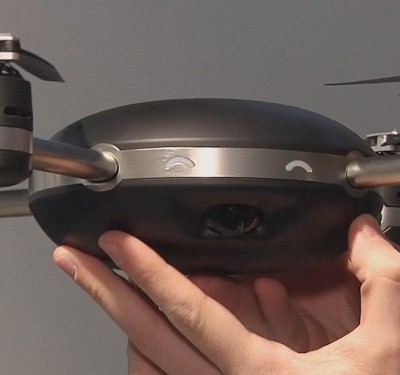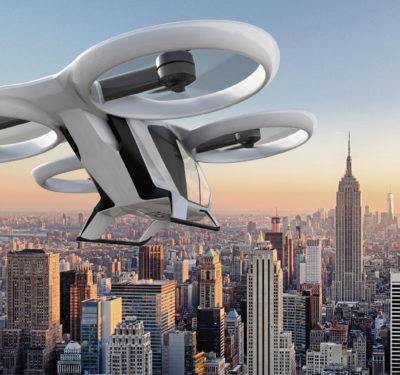
Mass casualty events are chaotic scenes, making it difficult for rescue personnel to safely get to and rescue victims.
Disaster drones can be helpful in these situations and deliver telemedical kits to assist both victims and personnel. Students at the William Carey University College of Osteopathic Medicine recently demonstrated this use for unmanned aerial systems during a simulated mass casualty event at the John Bell Williams Airport in Bolton, according to a news release.
The Telemedical Drone project, known as HiRO (Health Integrated Rescue Operations), was developed by Italo Subbarao, DO, senior associate dean at WCUCOM, and Guy Paul Cooper Jr., a fourth-year medical student at WCUCOM. They worked with the unmanned aerial systems program at Hinds Community College to develop the disaster drones. The technology debuted to an audience that included representatives from Homeland Security, federal law enforcement agencies, and the United Nations.
Subbarao and Cooper developed the concept after studying medical responses to the EF-4 tornado that hit Hattiesburg in February 2013. In the past two years, they’ve created multiple prototypes to support rural and wilderness medical emergencies. These prototypes include ambulance drones designed to support victims and rescue personnel during mass shootings, bombings, or other terrorist attacks.
During the demonstration, two new telemedical packages were deployed; one for a severely injured victim and the other for a mass casualty setup that could treat up to 100 people with significant to minor injuries. Both kits incorporate Homeland Security recommendations provided through the “Stop the Bleed” initiative.
“The two highly advanced mobile telemedical kits provide immediate and secure access to a provider on the other end of the screen. The package was designed for use in the chaos and confusion where guidance must be simple, direct and user friendly,” Cooper said, according to the release. “We feel that the features in these kits empower the provider and bystander to save lives.”
Once the kit opens, a physician appears on video to direct treatment. The kit comes with Google Glass, allowing the wearer to be hands free and move away from the UAS while keeping audio and visual contact with the physician.
Experts from Hinds Community College, in collaboration with Subbarao and Cooper, designed and built both disaster drones, which can carry telemedical packages in adverse conditions.
“These drones have impressive lift and distance capability, and can be outfitted with a variety of sensors, such as infrared, to help locate victims,” said Dennis Lott, director of the unmanned aerial systems program at Hinds Community College, according to the release. “Working together, we’re able to develop, test, and bring this technology to the field. It is just a matter of time before the drones are universally adopted for emergency and disaster response toolkits.”






